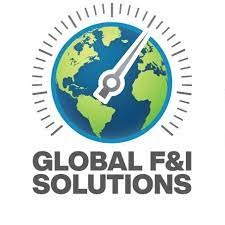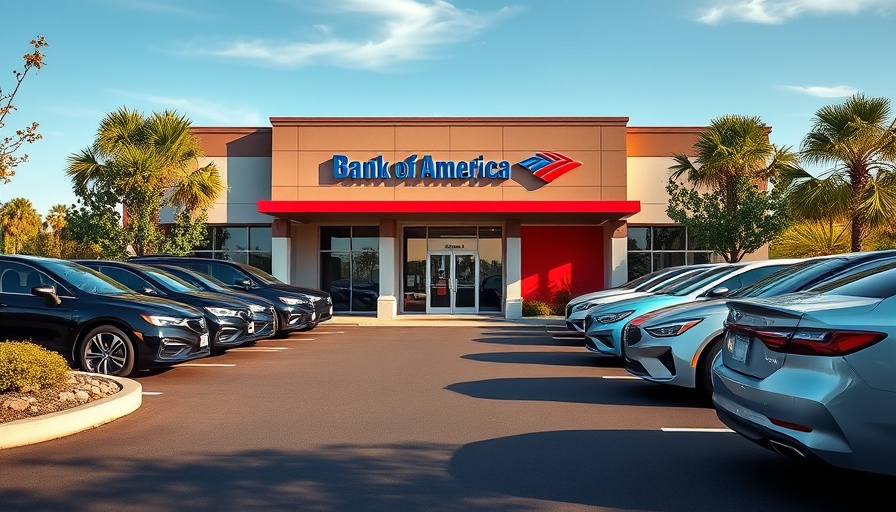
The Current State of New Vehicle Sales
The new vehicle market is currently witnessing a cooling-off period following an earlier surge during the first few months of the year. According to J.D. Power and GlobalData, total new-vehicle sales in May 2025 are projected at approximately 1,489,800 units, showing stability when adjusted for the number of selling days. Retail sales alone are expected to slightly improve, reaching around 1,235,700 units, which marks a 1.1 percent increase from the previous year.
The Pull-Forward Effect: What It Means
The early rush of buyers who accelerated purchases due to anticipated tariff hikes is creating a pull-forward effect. Dealers are now seeing the implications of buyers who opted to purchase vehicles earlier in the year, which may lead to challenges later in 2025. As Thomas King from J.D. Power points out, while recent retail sales figures show robust consumer demand, this initial surge could create a headwind for sales as the year progresses.
Pricing Trends and Consumer Behavior
Another vital aspect to consider is the ongoing impact of tariffs on vehicle pricing. Tariffs now impose an estimated additional cost of $4,275 per vehicle for specific models, prompting manufacturers to tread carefully with their pricing strategies. The average retail transaction price for new vehicles rose by $649 compared to May 2024, reaching $45,462, which suggests that while increases are observed, there is also a slight dip from April pricing levels. The fear surrounding potential price hikes may continue to influence buyer behavior and help sustain sales in the next few months.
Looking Ahead: What Should Dealers Expect?
As the industry navigates through the latter half of the year, dealers will need to remain alert to changing dynamics. While robust demand persists, the shadow of previously accelerated purchases looms large. Understanding shifts in consumer preferences and external factors such as pricing strategies will be crucial in maintaining momentum. This may include offering competitive used car financing rates to appeal to cost-conscious buyers.
Why Financing Offers Matter Most in Today’s Market
As potential vehicle owners deliberate on their purchases, financing options can play a pivotal role in their final decision. Offering attractive used car financing rates may not only influence annual sales figures but can also become a key differentiator among dealerships. Current trends suggest a rise in consumer inquiries regarding low-interest rates, which are now critical in connecting buyers with the vehicles they need.
Final Thoughts: Navigating Uncertainty in Vehicle Sales
In conclusion, while current data suggest a stable market, the nuances of recent sales trends and changing buyer behavior indicate a need for ongoing vigilance. For dealership principals, GMs, and Fixed Operations Directors, establishing a strategy that leverages financing options might play a crucial role in successfully responding to evolving market conditions. Creating competitive financing offers could help engage potential buyers in an uncertain environment where trust and value are paramount.
 Add Row
Add Row  Add
Add 




Write A Comment